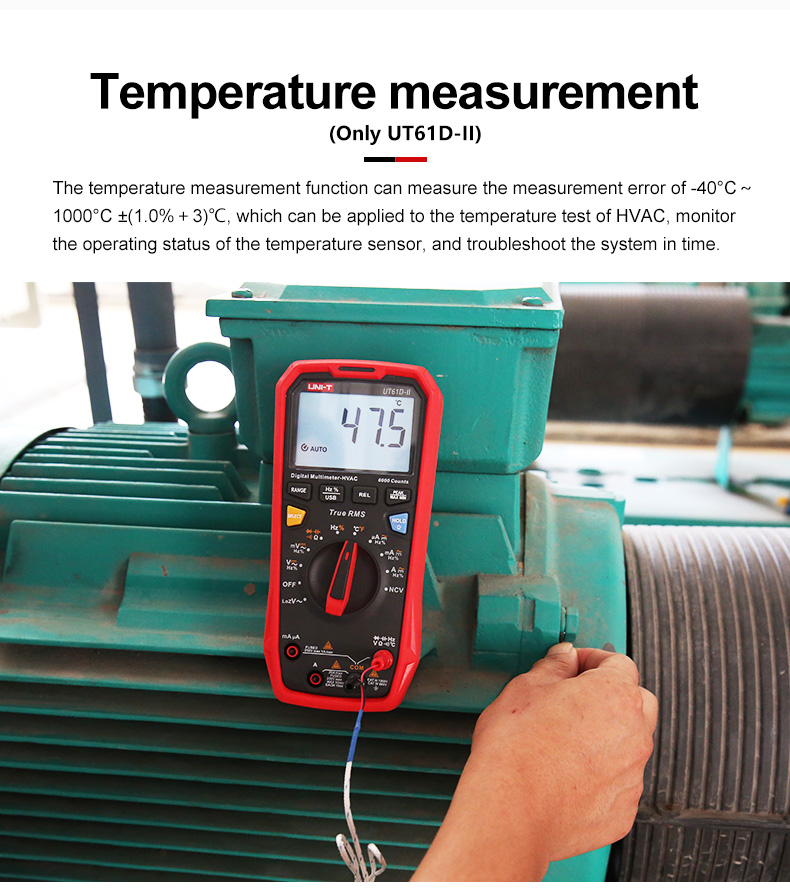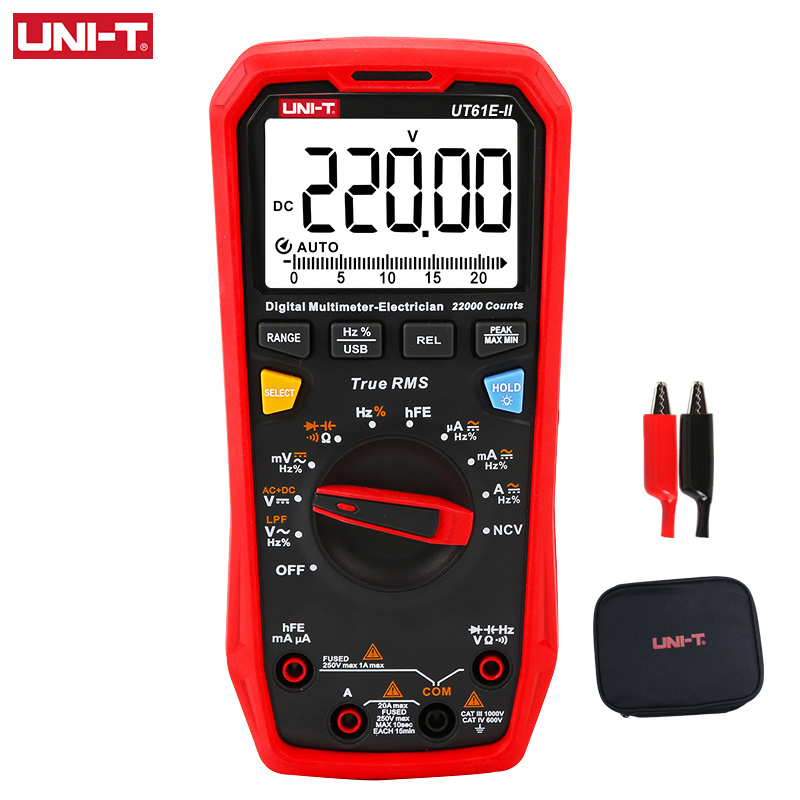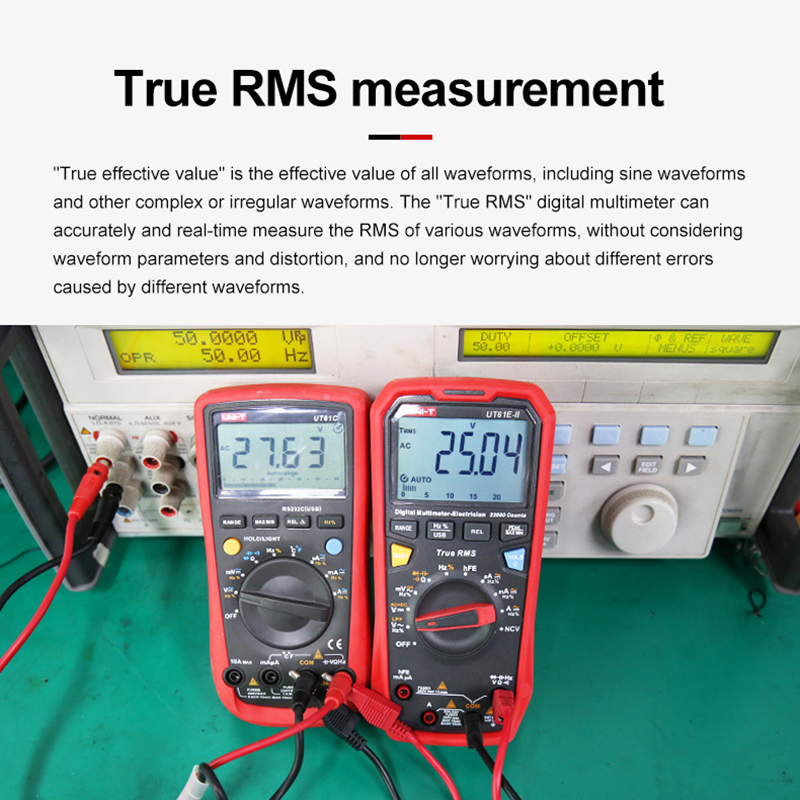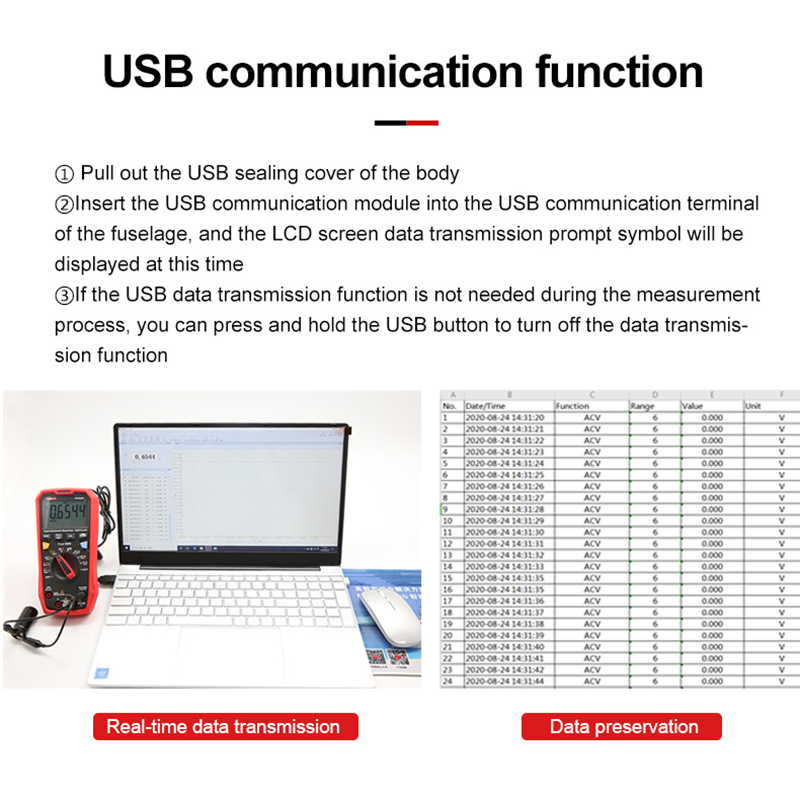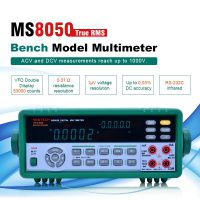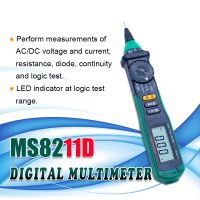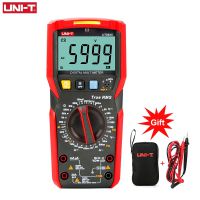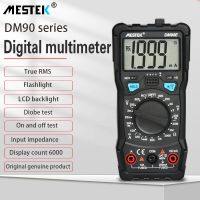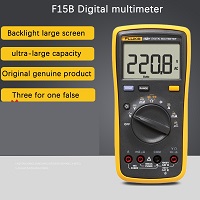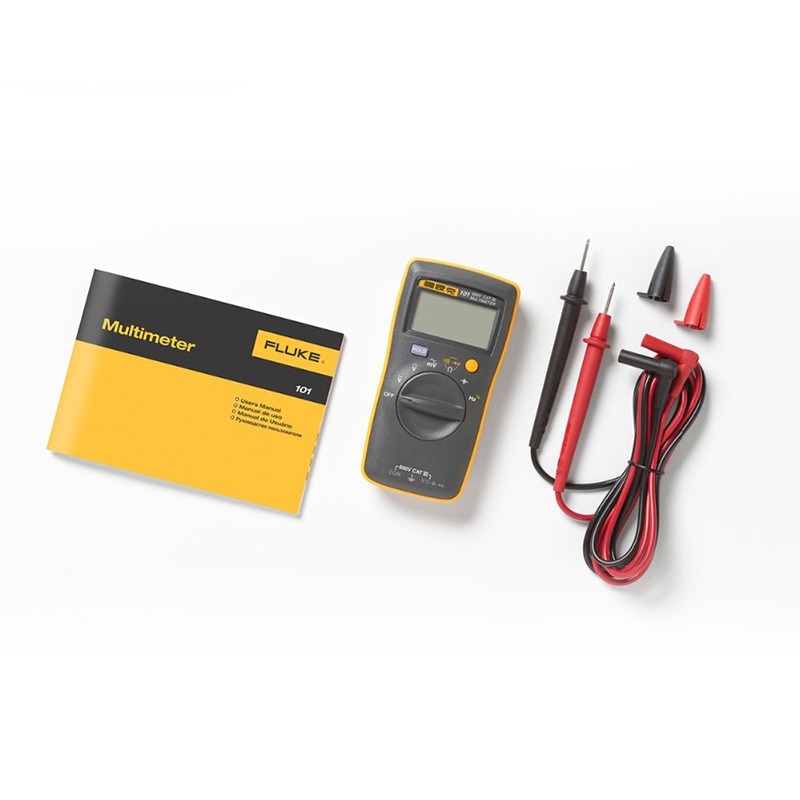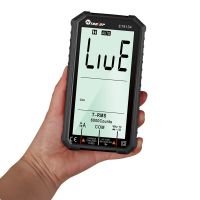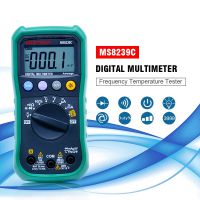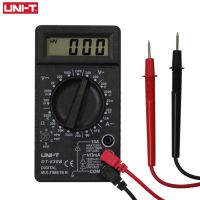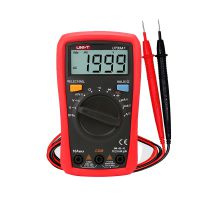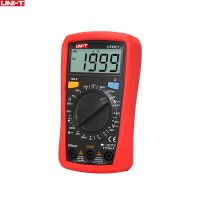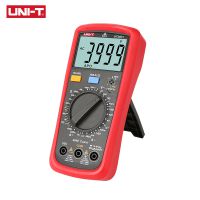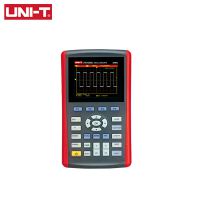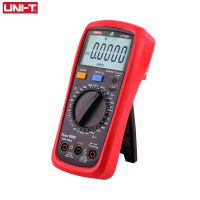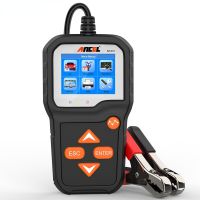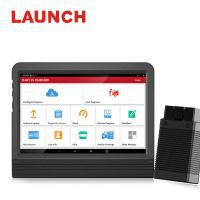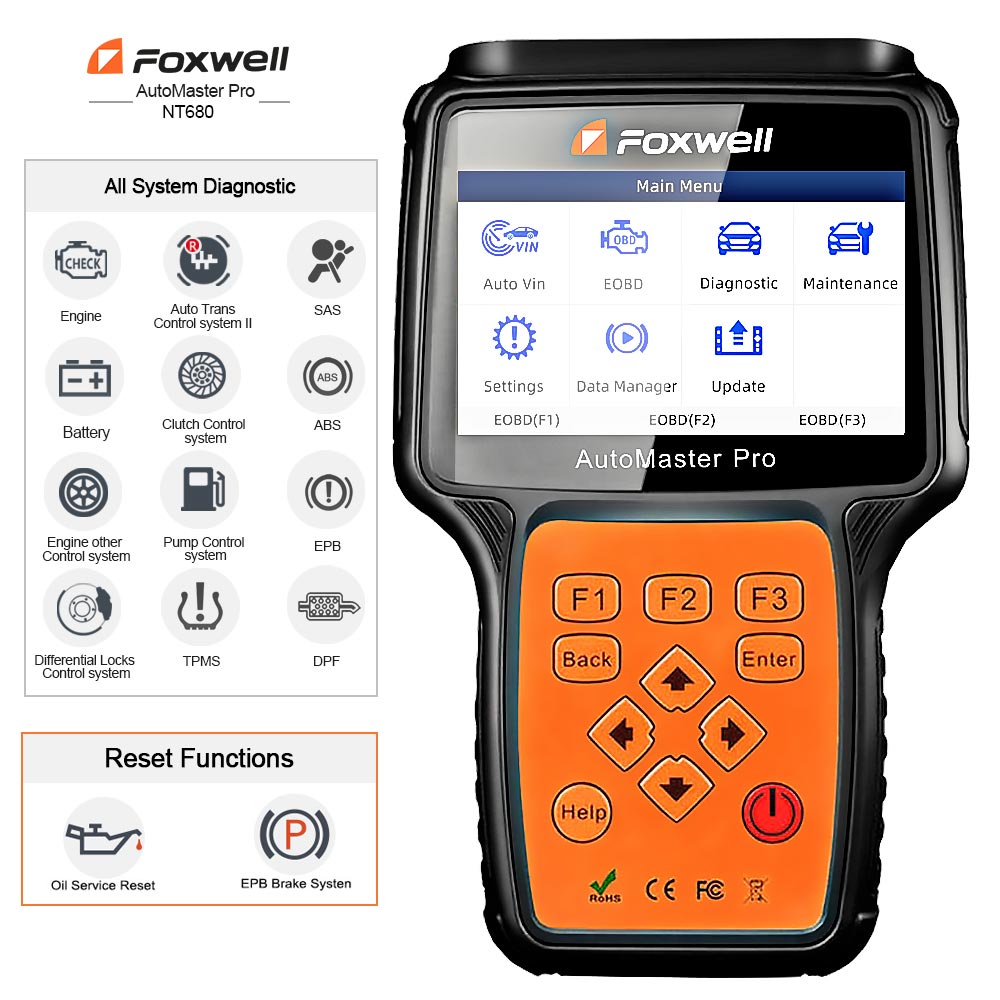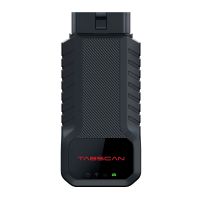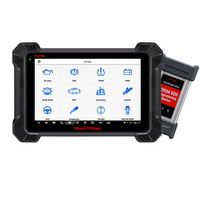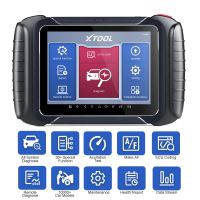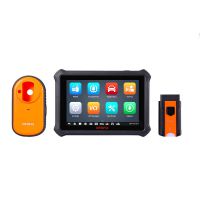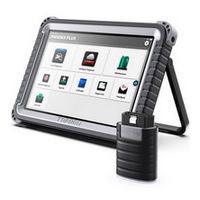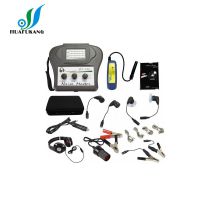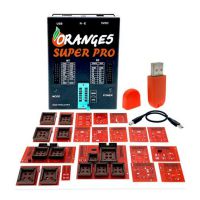UT61E-II are reliable true RMS digital multimeters with display counts 22,000 . It can measure up to 1000V AC/DC. Equipped with audible and visible alarm, this series can provide warning expecially when measuring high voltage/current and temperature.
● True RMS
● Data hold/backlight
● Max/Min/Relative mode
● USB communication
● Input protection
● Diode/continuity test
● NCV (audible/visual alarm)
● LPF ACV
● ACV+DCV
● Transistor hFE
● Peak Hold
● The product has a large-size cloth bag that can hold more tools
Parameter
| Specifications | Range | UT61B-II | UT61D-II | UT61E-II |
| Safety ratings | CAT III 1000V/CAT IV 600V | |||
| AC voltage (V) | 1000V | ±(1%+3) | ±(1%+3) | ±(0.8%+10) |
| DC voltage (V) | 1000V | ±(0.5%+3) | ±(0.5%+3) | ±(0.05%+5) |
| AC current (A) | 10A | ±(1.2%+5) |
|
|
| 20A |
| ±(1.2%+5) | ±(0.8%+10) | |
| DC current (A) | 10A | ±(1%+2) |
|
|
| 20A |
| ±(1%+2) | ±(0.5%+10) | |
| Resistance (Ω) | 60MΩ | ±(1%+2) | ±(1%+2) |
|
| 220MΩ |
|
| ±(0.5%+10) | |
| Capacitance (F) | 60mF | ±(3%+5) | ±(3%+5) |
|
| 220mF |
|
| ±(3%+5) | |
| Frequency (Hz) | 10MHz | ±(0.1%+4) | ±(0.1%+4) |
|
| 220MHz |
|
| ±(0.01%+5) | |
| Duty cycle (%) | 0.1%~99.9% | ±(2%+5) | ±(2%+5) | ±(2%+5) |
| Temperature (℃/℉) | -40℃~1000℃ |
| ±(1%+3) |
|
| -40℉~1832℉ |
| ±(1%+6) |
| |
| Display count |
| 6000 | 6000 | 22000 |
| Bandwidth (Hz) |
| 40Hz~500Hz | 40Hz~1kHz | 40~10kHz |
| LPF ACV |
|
|
| √ |
| LoZ ACV |
|
| √ |
|
| ACV+DCV |
|
|
| √ |
| Transistor hFE |
|
|
| √ |
| Peak Hold |
|
| √ | √ |
| Analog bar |
| 31 | 31 | 46 |
| General Characteristics | ||||
| Power | 1.5V battery (R03) x 4(No include) | |||
| Product net weight | 350g | |||
| Product size | 190mm x 90mm x 50mm | |||
| Standard accessories | Test leads, USB cable, temperature probe (UT61D-II),multi-purpose socket (UT61E-II), English manual,Alligator clip,cloth bag | |||
| Standard individual packing | Gift box, cloth bag | |||



Measuring AC+DC signals can reduce equipment failure due to DC runt, and AC signals can also be observed during the time of DC measurement.

Low-pass filtering: low-frequency signals can pass normally, while high-frequency signals are blocked and weakened. Avoid the test results caused by high-frequency signal interference and keep hopping and fail to obtain test results.


Real-time data transmission and storage

LoZ low impedance input: it can measure residual current (virtual voltage) to avoid misjudgment or potential safety hazards

